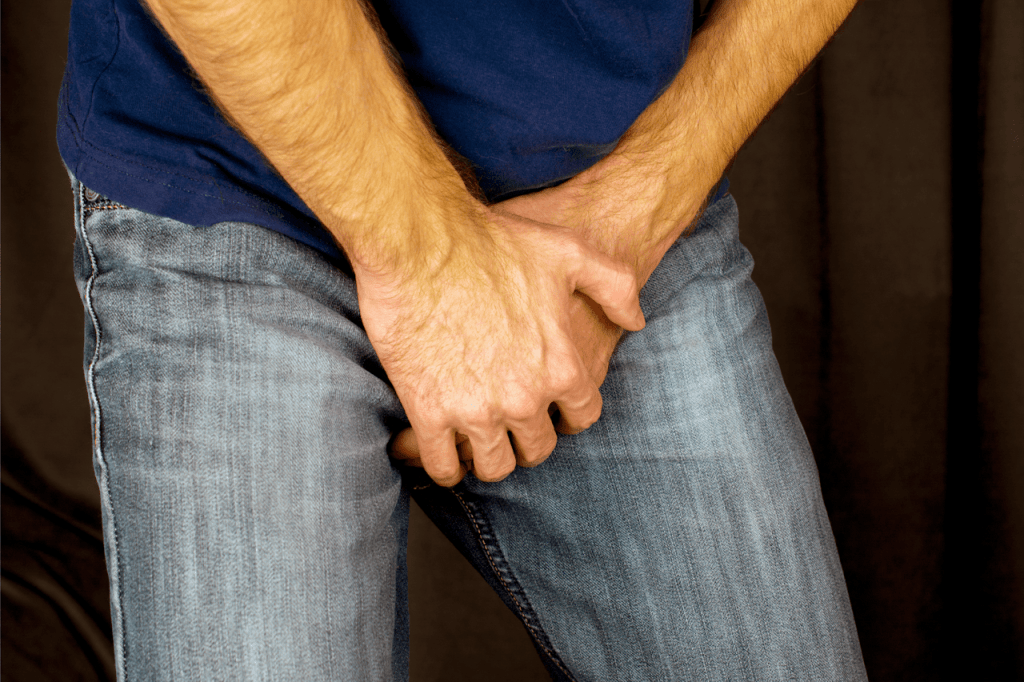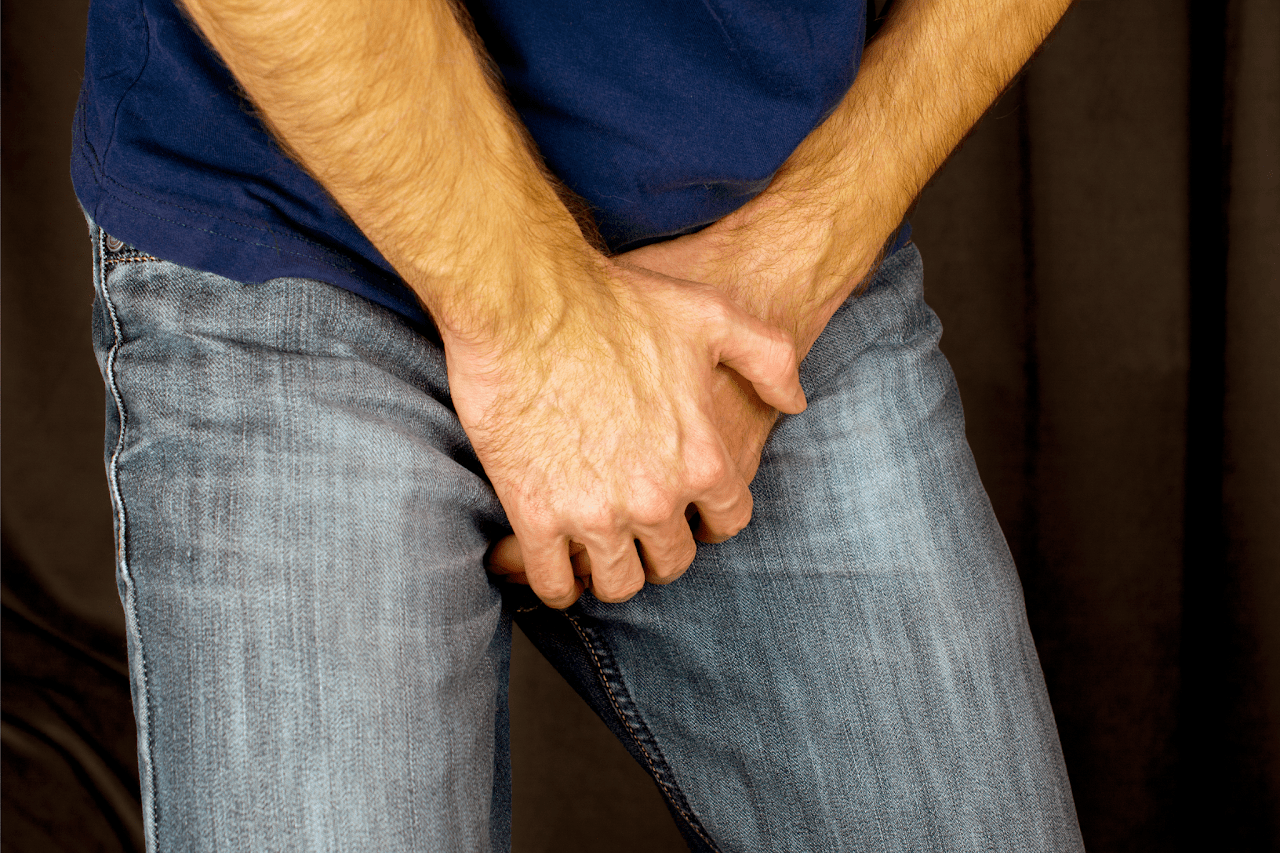Urinary Incontinence, Types, Causes, and Symptoms
Understanding Urinary Incontinence: Exploring Types and Impact on Quality of Life
Urinary Incontinence (UI) refers to the ‘involuntary leakage of urine.’ This problem affects millions of Americans and can significantly impact your quality of life. If you face this problem, you’re not alone; treatment options are available.
Overview Of Urinary Incontinence
Urinary Incontinence is involuntary urine leakage. UI does not indicate poor personal hygiene or a lack of bladder control. Instead, it’s a medical condition that requires treatment. We classify UI into two types: stress incontinence and urge incontinence. Weak pelvic floor muscles or nerve damage that controls the bladder muscles cause stress incontinence. Conversely, urge incontinence involves a strong urge followed by involuntary urine leakage.

Forms of Urinary Incontinence
Urinary Incontinence can be in the form of urge, stress, overflow, and mixed Incontinence.
Urge Incontinence
.With urge incontinence, the detrusor muscle contracts too often or with too much force. This causes a sudden, urgent need to urinate even when the bladder isn’t complete. Several factors can contribute to urge incontinence, such as infections, medications, neurologic conditions, and dietary habits.
Stress Incontinence
Stress incontinence is the most common type of urinary incontinence in women. This can happen during activities such as coughing, sneezing, laughing, or lifting something heavy. Pregnancy and childbirth are two common causes of stress incontinence in women. Other causes include being overweight, having had surgery on the pelvic floor muscles or ligaments, and smoking cigarettes.
Overflow Incontinence
Overflow incontinence is less common than the other types of urinary Incontinence. It occurs when the bladder doesn’t empty and small amounts of urine leak out frequently. An obstruction in the urinary tract usually causes overflow incontinence, such as an enlarged prostate in men or a pelvic tumor in women.
Mixed Incontinence
Mixed Incontinence is precisely as it sounds—a combination of two or more types of urinary incontinence. The most common variety is stress and urges Incontinence. Mixed Incontinence can also occur with overflow incontinence.
Symptoms Of Urinary Incontinence
The main symptom of urinary Incontinence is the involuntary leakage of urine. Nevertheless, symptoms vary among different types of urinary incontinence. Stress incontinence often manifests as a small amount of urine leakage when you cough, sneeze, laugh, or exercise. With urge incontinence, on the other hand, you may experience a strong urge to urinate followed by involuntary leakage of urine. You may also feel the urge to urinate more frequently than usual.
Causes Of Urinary Incontinence
There is no single cause of urinary Incontinence. However, the most common causes of stress urinary incontinence (SUI) are childbirth, aging, and pelvic surgery. Pelvic surgery can include operations to treat urinary tract infections, ovarian cancer, or gynecological problems.
Treatments For Urinary Incontinence
The treatments for urinary Incontinence vary depending on the cause of the Incontinence. For example, treatments for SUI may include pelvic floor training and medications such as urodilators and Botox injections. Treatment for urge incontinence may involve lifestyle changes such as avoiding caffeine and drinking plenty of water.
Prevention Of Urinary Incontinence
There is no one-size-fits-all approach for preventing urinary Incontinence. However, some key measures to reduce the risk of developing this condition include maintaining a healthy weight, practicing regular exercise, and avoiding overexertion. So, the best way to prevent urinary incontinence is to stay hydrated and eat a healthy diet. Ensure you drink plenty of fluids, especially during hot weather or exercise.
In conclusion, urinary incontinence can be a nuisance—but you don’t have to suffer in silence. If you think you may be dealing with urinary continence, talk to your doctor about your symptoms and treatment options.
Sources:
Mayo Clinic. Urinary Incontinence. (https://www.mayoclinic.org/diseases-conditions/urinary-incontinence/symptoms-causes/syc-20352808). Accessed October 17, 2022
Cleveland Clinic. Urinary incontinence. (Incontinence: Leakage, Causes, Diagnosis, Treatment & Prevention (clevelandclinic.org). Accessed October 15, 2022
Category
- Health Issues (65)
- Healthy Diet (45)
- Herbs for Health (11)
- Mental Health (31)
- Skin Care (20)

